If your dog is injured or has had surgery, it is imperative to provide them with physical therapy. Therapy for canines proved beneficial and was created specifically for them due to their effectiveness in healing.
Physical therapy for dogs can be considered an adaptation of the modalities and techniques used in the case of humans as well.
The goal is to decrease their pain and increase their levels of function and mobility to ensure a better overall life. Physical therapy for dogs is categorized into two broad divisions – manual therapy and therapeutic exercises.
Manual physical therapies for dogs
In this context, manual therapy refers to the techniques used to improve the movement of joints, soft tissues, and muscles.
Cold therapy
This is known as cryotherapy. Here the therapists constrict the blood vessels. It is helpful in cases such as injuries, heavy exercise, and surgery. In the case of surgeries, this is handy for up to two weeks following such a procedure.
Such therapy prevents harmful inflammation and brings down pain and swelling, thus reducing the overall time that your baby needs to heal. However, for such treatment to be effective, do it within two weeks following surgery.
Warm therapy
This is also known as heat therapy or thermotherapy. Its effect is just the opposite of cold treatment. Here warm and moist heat is used since it penetrates deeper into the tissues, compared to dry heat. The best time for this treatment is before exercising.
It helps improve your dog’s blood flow, stretchability, and tissue metabolism. It also stimulates the healing process. However, you wait at least 72 hours following a surgery or injury before you start the process.
Also, you must be highly cautious with the heat levels in this case.
Joint mobilization
This is known as passive range of motion or PROM. It moves the joints through their normal range of motion while your dog is lying down. As a result, it ensures that the joints and muscles do not get tight and improves blood flow, synovial fluid production, and lymphatic flow.
Synovial fluid production helps with the cartilage health of your dog. It enhances the lubrication in their joints. However, it does not improve your dog’s strength and endurance. It is also not helpful in preventing muscular atrophy.
Read Also: How Can Pets Boost Your Health and Well-being?
Massage
This is a manual therapy where the therapists use the healing power of touch to help with the soothing process. Massage promotes healing across the body, let alone the affected area. With massage, it is possible to bring down the levels of pain, stress, swelling, and anxiety.
It improves circulation and maintains muscle tone. Get a certified canine massage therapist to do such work though you can do it at home with some research and a gentle touch.
NMES
The complete form of this particular treatment is neuromuscular electrical stimulation. Here low-level electrical currents target the muscles. Hence, it improves the healing process. It helps prevent muscular atrophy following surgery and injury and strengthens your baby.
It helps regenerate their muscles and the nervous systems related to the same. Once again, a professional does this since it uses specialized equipment that needs proper knowledge and experience to operate.
TENS
It is the abbreviation of transcutaneous electrical stimulation. It is similar to NMES. Here, low-level electrical currents are applied to generate electrical stimulation.
However, the sensory nerves get targeted to reduce your dog’s pain. It prompts the brain to ignore the pain for a short time, and it does so by sending a stimulus that is not painful to the affected area.
Once again, such work must be done by a professional since specialized equipment is needed.
Read Also: Ways To Monitor Your Dog’s Health At Home
Therapeutic exercises for dogs
Here the dogs are made to go through various physical activities as part of a plan to cure them.
Hydrotherapy
This is the first name in this context. As the name would indicate, this involves performing exercises in the water. Thanks to the buoyant nature of water, your dog can work their muscles without putting any stress on the joints and bones.
Usually, warm water is applied, and this helps increase their range of flexibility and motion. You can try hydrotherapy once your dog has been healing for nine weeks.
Gait training
This involves exercises that are supposed to improve the ability of your dog to walk and stand. They may be specific activities such as controlled and slow walking on a leash in the early stages of recovery.
Slowly, your dog can move on to slow hill works and eventually try walking down and up the stairs. It helps build your dog’s strength and endurance and makes them much more mobile.
It is the best foundation you can layer to have your little one go through other therapeutic exercises in the future.
Agility training
It involves many activities that can play the same function therapeutic exercises do. There are different exercises over there, and they have been designed to suit various purposes. For example, you have muscle-building workouts that involve some form of resistance training.
You have coordination exercises such as walking backward and weaving out and in of different obstacles. In addition, you have balance exercises such as walking in figure-eight and wobble boards.
The most effective physical therapy for your dog could include combining the above procedures.
Conclusion
From hydrotherapy to massage, acupuncture to chiropractic care, each approach offers unique benefits that can aid in the healing and rehabilitation of our furry companions. By working closely with veterinarians and certified therapists, dog owners can provide the necessary support and treatments to enhance their pets’ quality of life. Remember, every dog is unique, so it’s crucial to tailor the physical therapy approach to their specific needs.
FAQs
Q: What is canine physical therapy?
A: Canine physical therapy is a specialized form of therapy that aims to improve a dog’s mobility, alleviate pain, and enhance their overall well-being through targeted exercises, modalities, and rehabilitation techniques.
Q: What are the benefits of canine physical therapy?
A: Canine physical therapy offers numerous benefits, including improved range of motion, increased muscle strength, enhanced postoperative recovery, pain management, and improved quality of life for dogs with various musculoskeletal or neurological conditions.
Q: What are some common approaches to canine physical therapy?
A: Common approaches to canine physical therapy include hydrotherapy (water-based exercises), therapeutic exercises, massage therapy, laser therapy, acupuncture, chiropractic care, and electrical stimulation. The specific approach depends on the dog’s condition and the goals of the therapy.
Q: How can canine physical therapy help dogs with specific conditions?
A: Canine physical therapy can aid dogs with conditions such as arthritis, orthopedic injuries, neurological disorders, post-surgical rehabilitation, muscle weakness, and age-related mobility issues. The therapy can help reduce pain, improve mobility, increase strength, and support the healing process.
Q: Is canine physical therapy suitable for all dogs?
A: Canine physical therapy can benefit dogs of all ages, breeds, and sizes. Consult with a certified canine physical therapist to determine the suitability of physical therapy based on the individual dog’s condition and health status.
Q: How can I find a qualified canine physical therapist for my dog?
A: To find a qualified canine physical therapist, you can consult with your veterinarian for recommendations or search for professionals who specialize in animal rehabilitation. Ensure that the therapist is certified or licensed and has experience in treating dogs with similar conditions.
 DogExpress
DogExpress

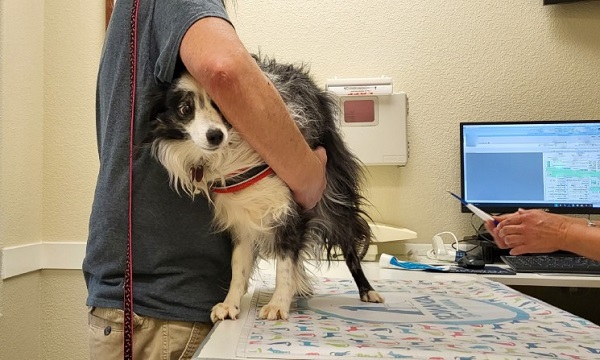

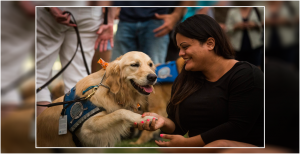
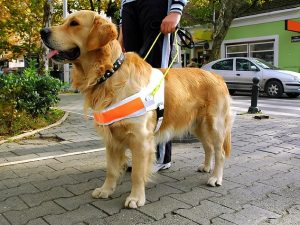

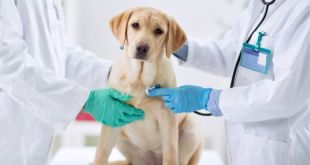
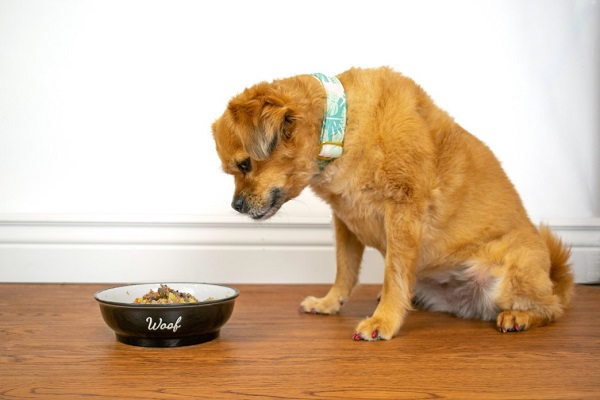













 in Chandigarh, India.
in Chandigarh, India. 

